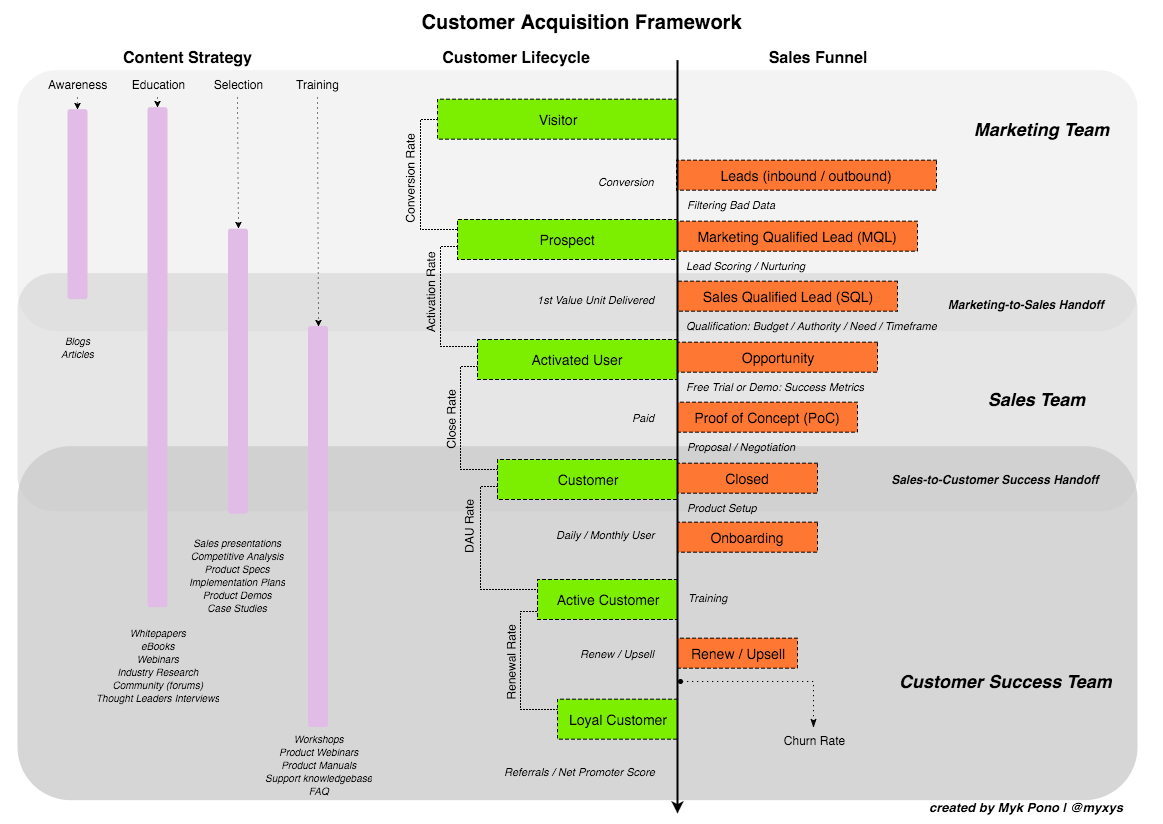Heart Hunter
Exploring the passion for the heart's adventures.
From Clicks to Conversions: Navigating Player Acquisition Funnels Like a Pro
Master player acquisition funnels and turn clicks into loyal customers! Discover pro tips for maximizing conversions on your game.
Understanding the Player Acquisition Funnel: Key Stages and Strategies
Understanding the Player Acquisition Funnel is crucial for any gaming company aiming to grow its user base and maximize revenue. The funnel typically consists of several key stages: Aware, Interested, Consideration, and Conversion. Each stage represents a different step in a player's journey from discovering your game to ultimately becoming a loyal player. By analyzing this funnel, game developers can effectively tailor their marketing strategies to engage users at each point, ensuring a smooth transition from one phase to the next.
To optimize the Player Acquisition Funnel, it's essential to implement targeted strategies at each stage. For instance, at the Aware stage, utilizing social media ads and influencer partnerships can significantly increase visibility. Next, engaging players through compelling content and social proof can spark their interest. During the Consideration phase, offering free trials or beta tests can help players evaluate your game before making a purchase decision. Lastly, focusing on personalized in-game experiences can encourage conversion and foster long-term commitment to the game.

Counter-Strike is a popular first-person shooter game that pits teams of terrorists against counter-terrorists in various objective-based game modes. Players can enhance their gaming experience by utilizing various strategies and weapons. If you're looking for some extra rewards, consider checking out the shuffle promo code to unlock special bonuses.
Maximizing Return on Investment: Tips for Effective Player Onboarding
In today's competitive gaming industry, maximizing return on investment (ROI) starts with effective player onboarding. Onboarding is the process that introduces new players to your game, helping them become familiar with the mechanics and features, ultimately enhancing their experience. To achieve this, consider implementing a structured onboarding plan that includes tutorials, in-game rewards, and clear guidelines for new players. For instance, utilizing a tiered tutorial system can gradually introduce players to complex game mechanics, ensuring they do not feel overwhelmed and remain engaged from the start.
Another vital element of effective player onboarding is leveraging data analytics to tailor the experience to your players' needs. By tracking metrics such as player retention rates and engagement levels, you can identify which aspects of the onboarding process work well and which need improvement. Creating a feedback loop through player surveys or in-game feedback can also enhance onboarding by allowing you to continuously refine the approach based on user insights. Remember, the goal is to convert new players into loyal customers, making every effort in the onboarding process a crucial investment that leads to a higher return on investment.
What Metrics Matter Most in Evaluating Player Acquisition Success?
When evaluating player acquisition success, a few key metrics should be prioritized to gauge overall effectiveness. First, understanding the Customer Acquisition Cost (CAC) is vital; this metric helps assess how much is spent to acquire each new player. To calculate CAC, divide your total marketing expenditures by the number of new players acquired over a specific period. Additionally, measuring the Lifetime Value (LTV) of a player provides insights into how much revenue a player is expected to generate throughout their engagement. A healthy ratio of LTV to CAC (usually above 3:1) indicates effective acquisition strategies.
Another crucial metric is the Retention Rate, reflecting the percentage of players who continue to engage with the game over time. High retention rates are indicative of a successful acquisition strategy, as they show that the players attracted are genuinely interested in the game experience. Furthermore, tracking Player Engagement Metrics, such as daily active users (DAU) and session length, can provide insight into how well new players are integrating into the community. Recognizing these metrics allows companies to refine their acquisition strategies continually, enhancing overall player satisfaction and profitability.